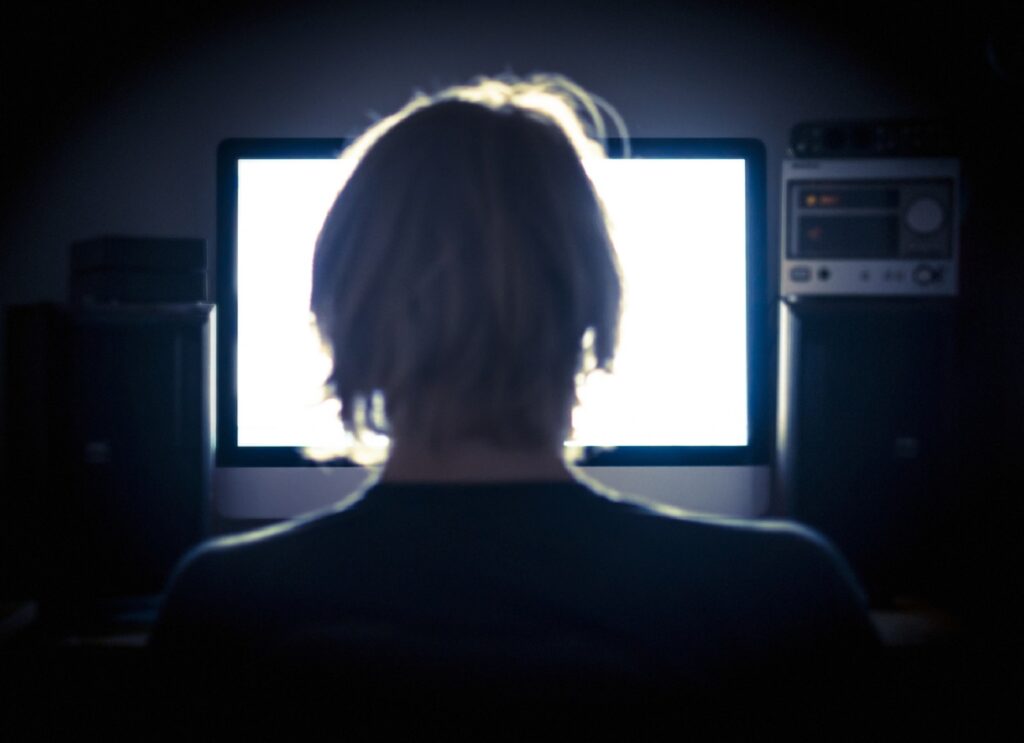We've written before about the importance of e-resilience – or being able to cope emotionally with the amount of technology in our lives. There's no chance of us having less technology to solve the problem, so it's on us to add tools to our toolkit in order to more proactively deal with technology-related stress in the workplace.
Here are 7 actual things you can do from today:
1. Install StayFocusd to prevent you distracting yourself with new tabs
Multitasking's a myth. The brain simply can't focus on more than one thing at once without getting split in two, doing both poorly.
Matt Might, an academic and productivity blogger, says that it's how easy it is to multitask that really makes the difference – and it's very easy to open new tabs on your browser and move away from what you're focused on. It takes a split second.
StayFocusd is a Chrome extension that allows you to block websites for certain periods of time so that you stay focused on the task at hand. It's flexible and easy to use.
The key thing here is: by using StayFocusd you aren't giving more time to a task, you're giving more of your attention, and preventing easy access to technology from frazzling your mind.
2. Install f.lux to block blue light and help your sleep patterns
Our always-on culture means it's difficult to avoid computer screens in the evening and in the wee hours before bed.
This is a problem for our wellbeing because the blue light emitted by screens suppresses melatonin, the chemical that helps regulate our natural sleep cycles by making us feel sleepy and awake at the right times. If melatonin is not produced to the required levels, we can struggle to fall asleep and remain asleep.
f.lux is a great little app that essentially 'softens' the colours that are emitted from your screen during the evening – this stops the suppression of melatonin and allows you to more naturally get sleepy.
In the daytime, f.lux has the opposite effect, maintaining the blue light of your screen to suppress melatonin and keep you focused.
3. Use Batched Inbox to stop emails crucifying your focus
Having emails pop into your inbox is just like having them pop into your mind, like an unexpected intrusive thought that totally upsets your rhythm. We've been talking about better email management for years and now there are useful strategies and tools available.
Batched Inbox helps by gathering all the emails that come in and delivering them to you at specific intervals, such as every hour, or once in the morning and once in the afternoon.
If you're worried about people thinking you're not doing your job, I've seen people add a little line to the bottom of their emails, something like: "I check my emails three times a day, at 10am, 2pm and 4pm. If you need an urgent reply outside of these times, please call me on X."
4. Practice mindfulness to prevent "impulsive tech-checking syndrome"
You're on the bus, your mind on other things and BAM! You're compelled to take out your phone and see if that email has come in, or to play a game, or to check the weather or the news. It's a jolt, a real compulsion, and we can go through this many times per day.
If we do react and take out our phones, or open a new tab, we are training our mind to get a reward when it feels that compulsion. And it's important we get out this habit because it's like an addiction.
Over time, mindfulness trains you to 'take a step back' from impulses and compulsions, noticing them but letting them drift away on the wind. You're rewarded with a more constant, low-level sense of calm and harmony. If you're new to mindfulness, Headspace is a good place to start – 10 minutes a day for 10 days.
Another way to help break the cycle is to leave your phone at home, or out of reach. Then you won't be able to check it when you feel an impulse. This can be stressful first of all, but soon passes.
5. Go analogue once in a while
Technology complements the pen and paper – it doesn't replace it.
Do as much as you can on paper: it's less stressful on the mind and allows you to work outside of the boundaries normally imposed by technology (e.g. the type of input device you're using).
It's also much harder to get distracted using pens and notepads so you're more likely to stay focused. It also tends to get you out of your common environment, such as at a specific desk.






